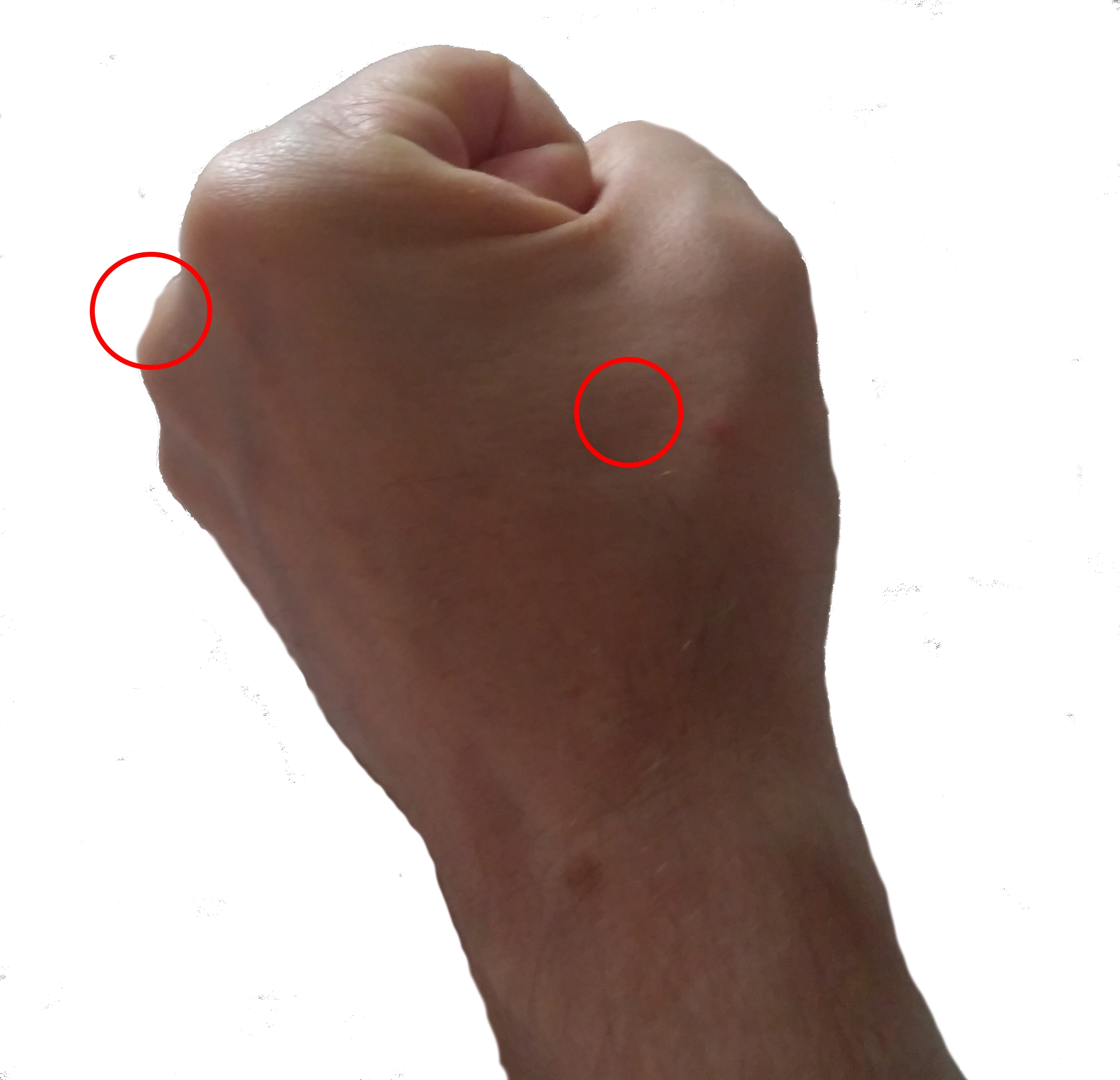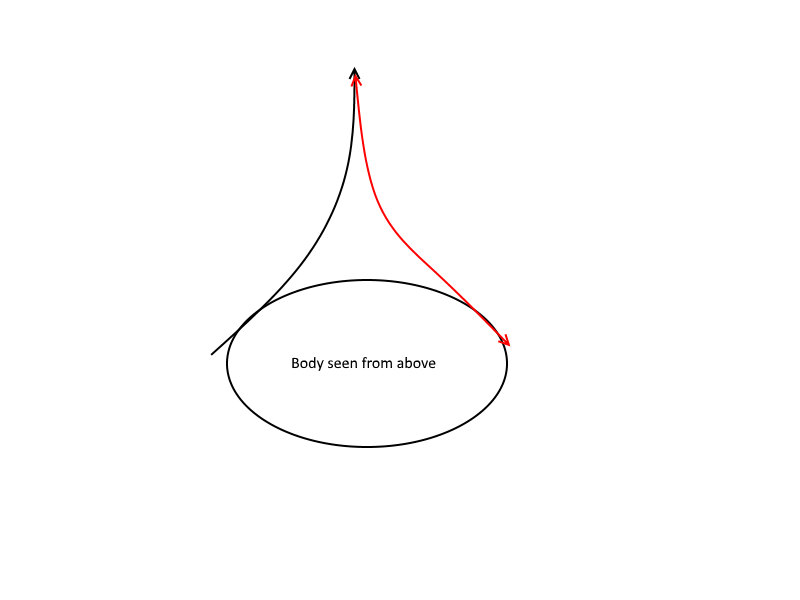Beng Quan is, next to Pi Quan the most important movement in Xing Yi Quan. My teacher, Sun Jian Yun, often told me that San Ti, Pi Quan, Beng Quan and Hu Pu (Tiger form) are the most important things to practise in Xing Yi.
Sun Lu Tang says the following about Beng Quan in his book “A study of Xing Yi Quan”:
The crushing technique, which corresponds to the element of wood, is a simultaneous extending and contracting, the two hands coming and going; the posture is like a continuous barrage of arrows. Within the body, it corresponds to the liver. Within the boxing art, it is the crushing technique. Thus it is said that crushing is like an arrow and corresponds to wood. If it is practiced smoothly, it makes your liver energy comfortable. If it is practiced with excessiveness, it wounds your liver energy. When the liver energy is wounded, the spleen and stomach are not in harmony. If this energy is not comfortable, the crushing technique will lose its harmoniousness. When this technique is done right, it can balance your energy and clear your liver, develop your spirit, invigorate your body, and strengthen your brain. Therefore you should make a careful study of it.
When practicing Beng Quan in the beginning you should focus on concentrating your whole body power to a single point. The force is like a battering ram but the speed is like lightning so when these two aspects come together, beng quan is like shooting an arrow i.e. the bow is the body which generates all the power and expresses it in the hand shooting out like an arrow.
The focus point of contact (or power point, li dian) is on the middle finger base knuckle but the point of intent (yi dian) is the he gu acupoint. This is in conformance of the teaching of “separating the point of power from the point of intent”

As with every element, Beng Quan contains a defending move with one hand and an attacking move with the other hand. Hence, the hand pulling back is just as important as the hand shooting out. The retreating hand could for example be used to pull the opponent into the strike or used to deflect a strike or kick to the abdomen. The hands move from the hip out to the level of the solar plexus in an arc so that the outward moving hand travels along a straight line in the end while the retreating hand moves straight back and then out towards the hip as seen in the illustration below.

The elbow moves in towards the center so that the power aligns behind the fist but it should now be forced in towards the middle line in such a way that the alignment becomes convoluted and power is lost.
The basic form is to practice with a “half step” i.e. to slide forward while executing the strike. When striking with the rear hand (ao bu beng quan) the back foot moves closer to the front foot than when striking with the front hand (shun bu beng quan).
Footwork
Just like Pi Quan, Beng Quan should be practiced with 3 types of footwork i.e. fixed step, moving step and walking step. After you have a solid grip of those there are two additional stepping methods that you should pay attention to:
1, Shang Bu Beng Quan

This is a beng quan that covers a lot of distance. Basically you move forward with your front foot first but then follow through with the back foot making it a big step forward.
2. Jin Tui bu beng quan (san ma jian)
This is basically a way of doing 3 consecutive beng quan whiule advancing and retreating. It is the same as the first few movements of the linked fist form.
Power
Learn to distinguish and be able to execute beng quan with short power and long power. Short power should be like a flash, very sudden and explosive with the aim of transferring the power into the target without moving him. Long power is the opposite, your punch should make as much momentum on the target as possible without becoming a push or shovel. In the beginning it is useful to either practice on a heavy bag or with a partner holding a kicking shield or wearing protective gear to get the feeling but be careful with short power practice with a partner. If your partner is not used to it he/she will easily get hurt.